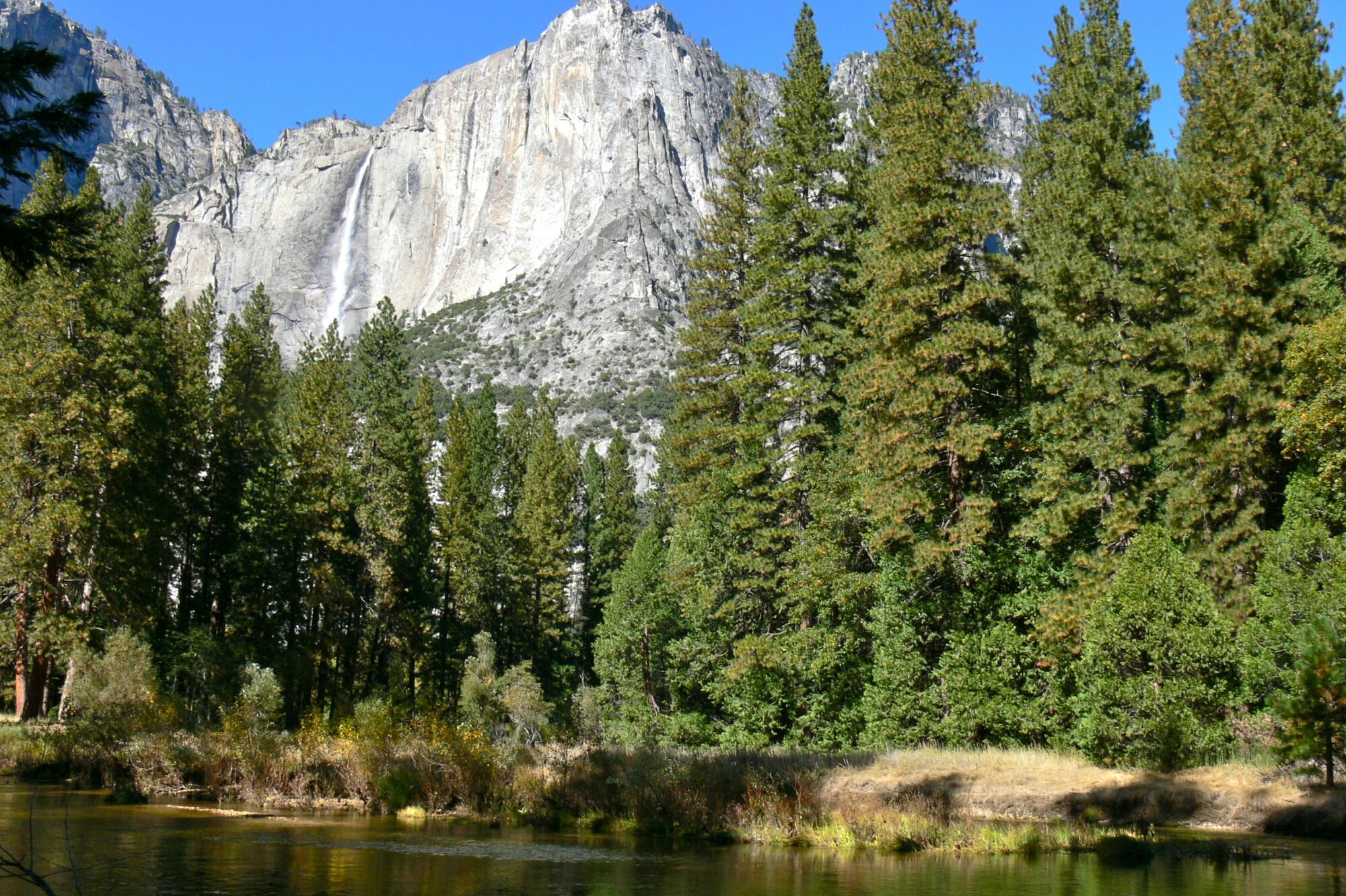I joined California law enforcement when the basic policy for a pursuit was, “We will drive as fast as we have to, as far as we have to, to catch them.” However, after I nearly shit my pants in my first high-speed pursuit of a motorcycle (who got away by driving at 80 MPH the wrong way down a one-way street) I did everything I could to avoid pursuits. But around 2010, we hired a new Chief of Police who decided that high speed pursuits were a bad idea. He explained his perspective that a high-speed pursuit is the equivalent of deadly force based on the danger that bystanders were exposed to, and after listening to his explanation, I agreed. Aiming a two-thousand pound machine down a random street full of people can be nothing but disaster. Anyway, this Chief changed our policy to prohibit vehicle pursuits unless the suspects had committed a violent felony.
On one particular mid-afternoon, I was supervising a day shift and had stopped a couple of transients at the corner of 9th and William Streets. It was a simple alcohol infraction, so when my officers rolled by to check on me, I gave them a four fingered wave, indicating that I was “Code 4” or no further assistance needed. I completed my notes, chatting with the two homeless people when one of my officers (Tommy) radioed that he was being flagged down regarding a theft of beer from the liquor store at 8th and Williams Streets.
Tommy got back on the radio and put out a description of the suspect’s car and reported that they were headed northbound on 8th Street toward San Salvador Street. At this point, I was back in my car and driving northbound on 9th Street when I saw a car shoot through the stop signs at the intersection of 9th and San Salvador Streets. My first instinct when I saw this car was to hit the gas and turn on all my lights to go after him, however when I reached the intersection, I saw Tommy pull around the corner from 8th Street, slowly, without lights and siren, and then I realized that this was the people who had stolen the beer. I immediately pulled to the curb and turned off my lights to be clear that I was not in pursuit.
Tommy then radioed in that the suspects were turning southbound on 10th Street. But they didn’t. Entering the intersection on a red light at a high rate of speed, they hit a Cable TV van, sending it ass over teakettle down the street to where it ended up on its roof. The suspect car spun in circles, sending broken glass in all directions. Another of my officers (Tony) arrived on scene from another direction, and seeing the crash happened, called on the radio, “TC (traffic collision). TC at 10th and San Salvador. We need fire and ambulance at this location.”
I hit the gas and drove up on the suspect car as the suspects started to climb out. I pulled my handgun and keyed up my radio called, “10-96 (high risk pedestrian stop-send assistance) on two.” I then ordered the two men to stay in their car until Tommy and Tony arrived to handcuff the two men and place them in different cars. A fourth officer (Mike) arrived to check on the driver of the Cable TV van. Now my entire shift was stuck in an intersection because a couple of guys couldn’t be bothered to pay for a case of beer. But up until this moment, I didn’t think about my dispatcher and what he was going through.
Adam, in dispatch, had handled my pedestrian stop, but I hadn’t cleared that stop. Adam now believed that something had gone wrong with my pedestrian stop on 9th and Williams Streets and I needed assistance. And then the last radio traffic he had gotten from Tommy was that his suspects were headed southbound on 10th Street. Adam believed he was also managing a pursuit down 10th Street and that Tommy needed help for that. And then he believed that Tony had gotten into a collision trying to assist in Tommy’s pursuit.
It wasn’t until he began asking me how many city police officers I wanted to assist that I realized that something was wrong. Why do we need city police, we have everything covered. It took several exchanges between me and Adam for us to get on the same page as to what was going on.
So, a non-pursuit policy didn’t really help us on this occasion, but overall, it is still a good idea. Almost as good an idea to call in all your activity so that the dispatchers know what you’re doing.
